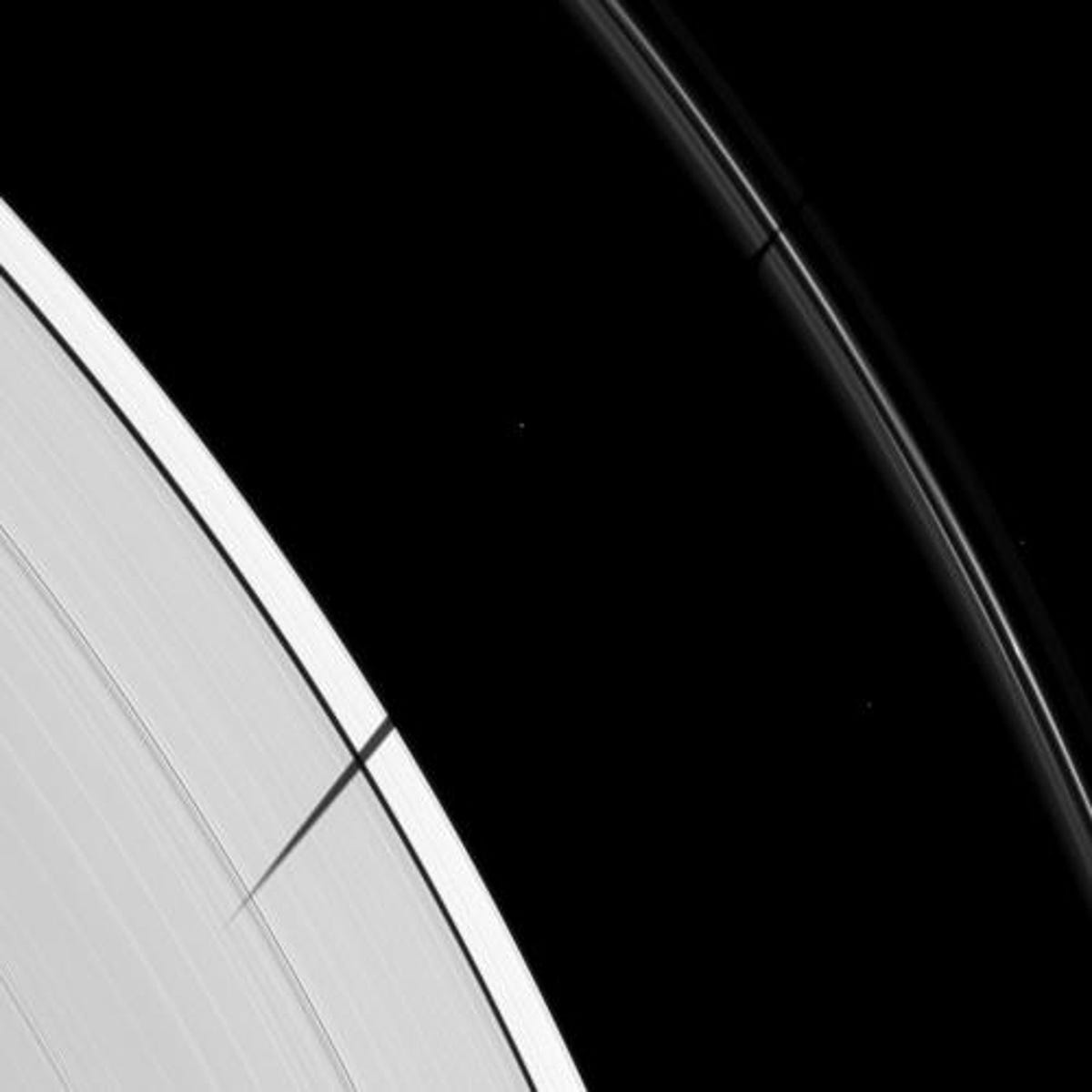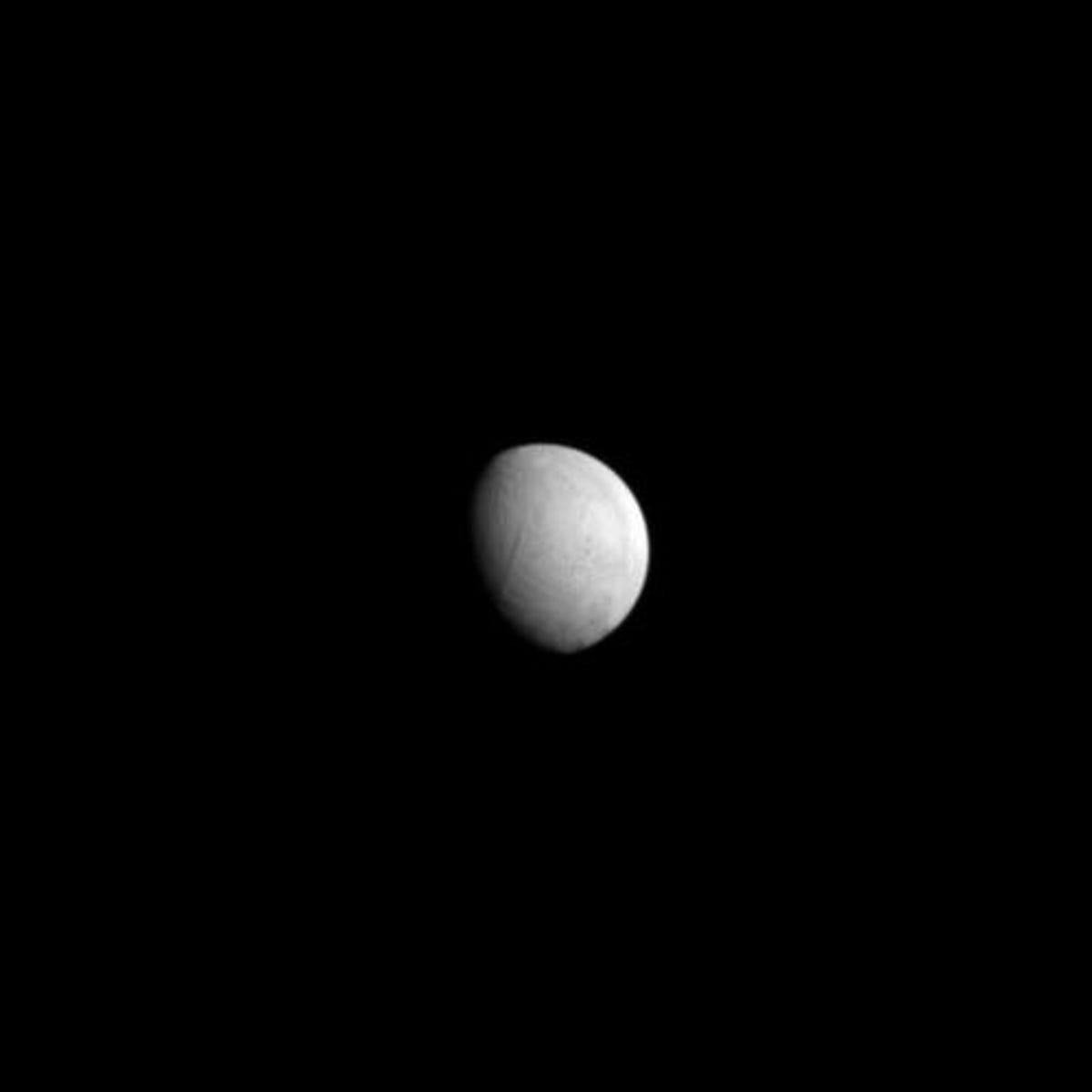Photos: Cassini to explore Saturn's equinox
Cassini orbiter gets a mission extension through September 2010, tasked with exploring Saturn's rings and moons during the Saturnian equinox.

Equinox Mission
Having completed its original four-year mission in June 2008, the Cassini orbiter is now extending its reach during the new Cassini Equinox Mission, which is scheduled to last through September 2010.
The new mission is named for the Saturnian equinox, which Cassini will observe as it occurs in August, when the sun will shine directly on the equator and illuminate the northern hemisphere and the rings' northern face.
This view of Saturn, taken by the Cassini spacecraft, looks toward the sunlit side of Saturn's rings from about 21 degrees below the ringplane.
Janus, one of Saturn's moons, is not visible in this image, but we can see its shadow as Janus joins other Saturnian moons in the equinox shadow-casting party as it moves across the rings.
This visible light image was taken with a narrow-angle camera on May 10. This 5-kilometer-per-pixel scale view is from a distance of around 965,000 kilometers from Saturn and at a Sun-Saturn-spacecraft angle of 46 degrees.
Saturn's shadow
Saturn's F ring
With several stars visible in the background, Cassini looks toward Saturn's F ring, where we can see the whispy white tail. The F ring has a unique spiral structure containing very little mass.
The spiral appears to originate from material somehow episodically ejected from the core of the F ring itself, and then sheared out due to the different orbital speeds followed by the surrounding constituent particles.
Pandora
Titan
Prometheus
Mimas
Daphnis
Daphnis, 8 kilometers across, occupies an inclined orbit within the 42-kilometer-wide Keeler Gap in Saturn's outer A ring.
Recent analysis by imaging scientists published in the Astronomical Journal illustrates how the moon's gravitational pull perturbs the orbits of the particles forming the gap's edge and sculpts the edge into waves having both horizontal and vertical components.
Daphnis itself can be seen casting a shadow onto the nearby ring.
Tethys
